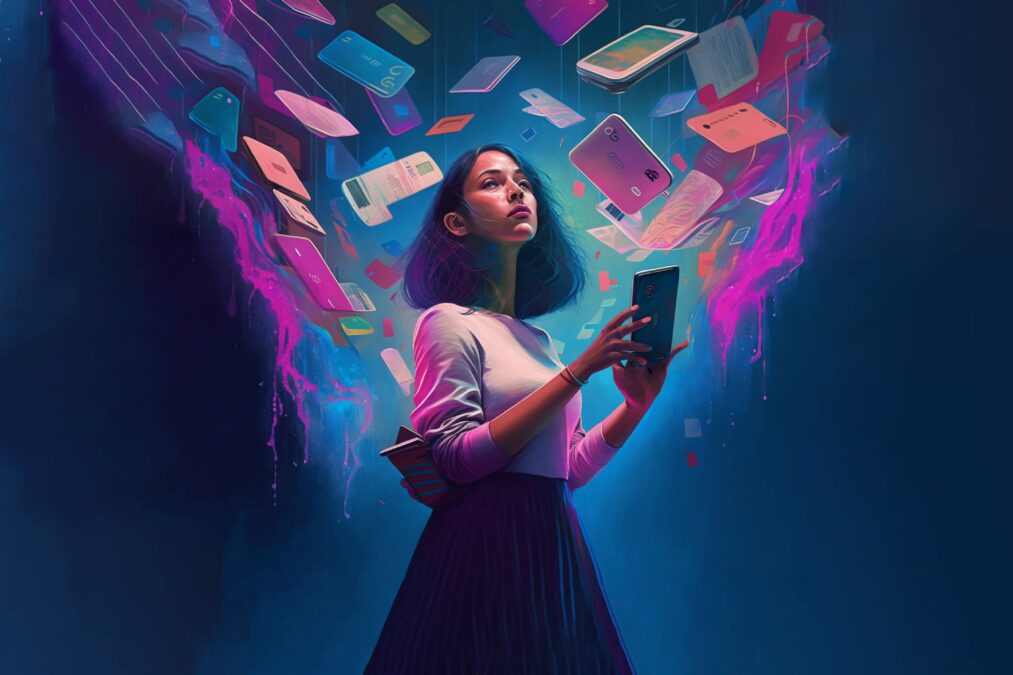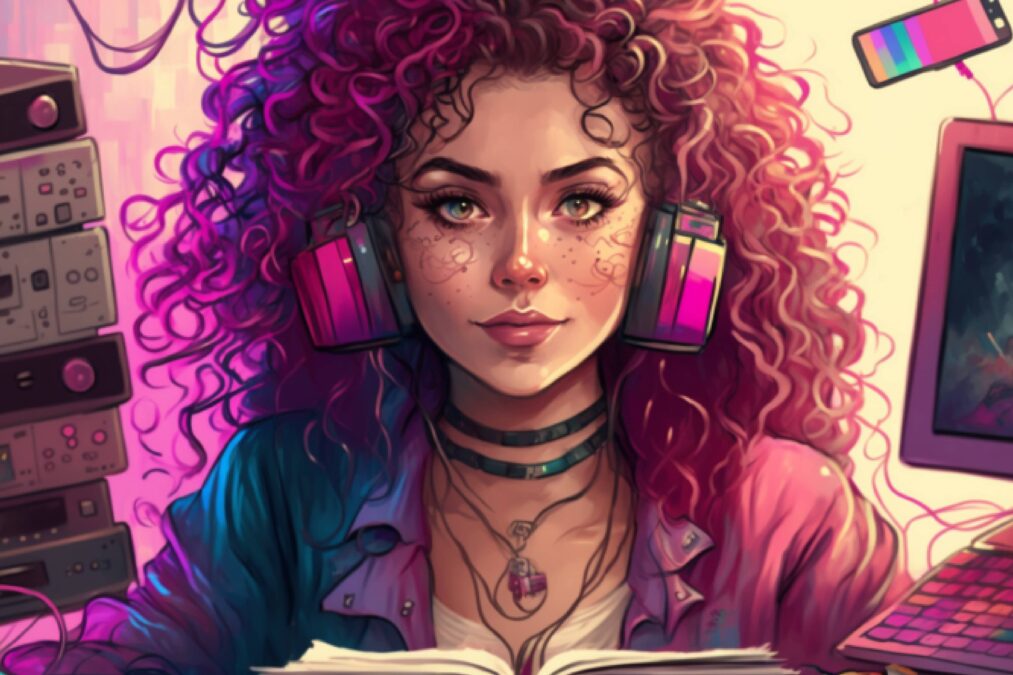It’s evident by now that Artificial intelligence (AI) is here to stay as its progress accelerates. With the proliferation of AI text generators such as ChatGPT, content marketers are taking a fresh look at the creation of brand storytelling and the role AI could play in content marketing.
Aside from job security (my colleague Stephen Taylor writes about whether you should worry), you may be wondering: How can I get the most of out of AI when it comes to brand content creation?
The good news is AI can offer ideas, copy suggestions and data-driven insights to help content marketing creatives. But you should limit its use to a supporting role because the content you create for brands still requires the human touch. Your discerning audience can generally tell the difference—at least for the time being—between content created by a human and content created by a machine.
Do…
1. Leverage AI for routine tasks, within content marketing or in other areas

Let’s say you need to come up with 20 e-newsletter subject line options. Tools such as ChatGPT can be a great way to help generate some ideas.
Certain generative AI tools can also recommend SEO-friendly headlines, create outlines and executive summaries, and repurpose articles for social posts and promotions. Even Google says there’s a place for AI-generated content on the web, though you need to be mindful of your audience’s needs. “We haven’t said AI content is bad,” Danny Sullivan, Google’s public liaison for search, said in a post on X. “We’ve said, pretty clearly, content written primarily for search engines rather than humans is the issue.”
Beyond their proofreading chops, apps such as Grammarly use AI and machine learning (ML) to identify unnatural or awkward language. (ML is an application of AI that lets machines pull knowledge from data and autonomously learn from it.) The apps also flag grammatical errors and suggest ways to avoid phrasing that’s technically correct but should be re-worded because the voice is passive or the syntax is awkward.
2. Tailor content to different audiences

You can use AI to help make stories more relevant based on your intended audience’s unique needs, preferences, and behaviors. One paid tool, for example, is Optimizely, which uses ML to optimize and test your stories for different audiences and channels.
3. Strike the right tone
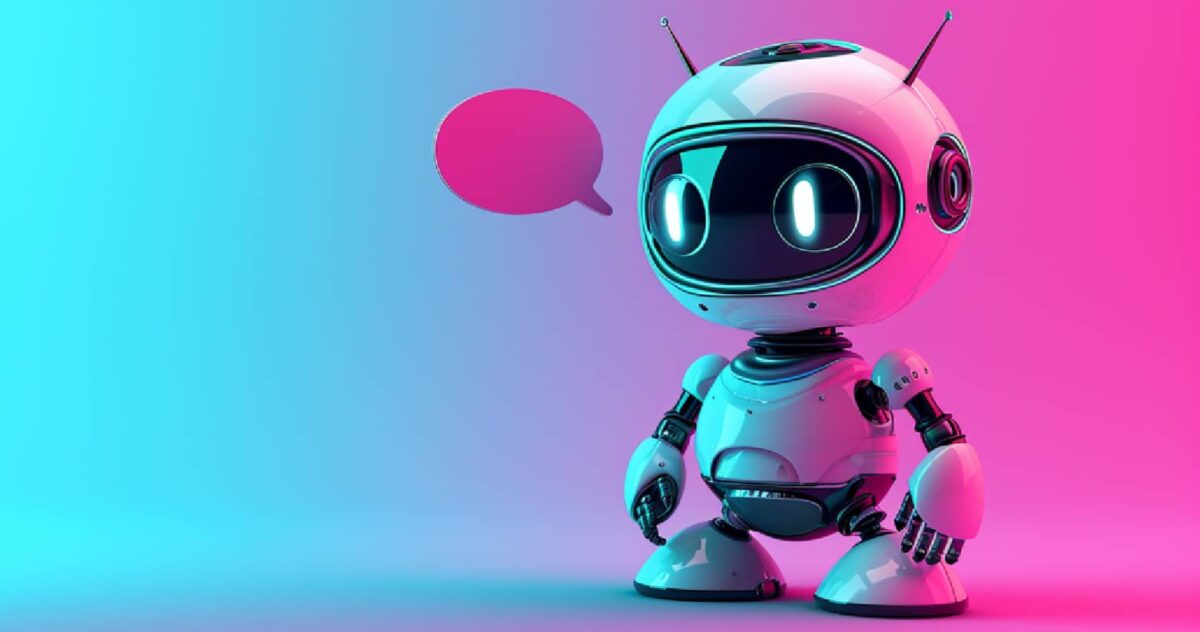
Another AI tool to consider for content creation is Jasper, is an intuitive writing program designed for enterprise marketing teams that can generate various types of copy such as emails, blog posts, social media, and product descriptions. Jasper can also make suggestions on tone of voice, such as casual. Submit examples of your writings, and Jasper can help create new content in your personal style.
4. Align as an organization on how to use AI in content marketing and beyond
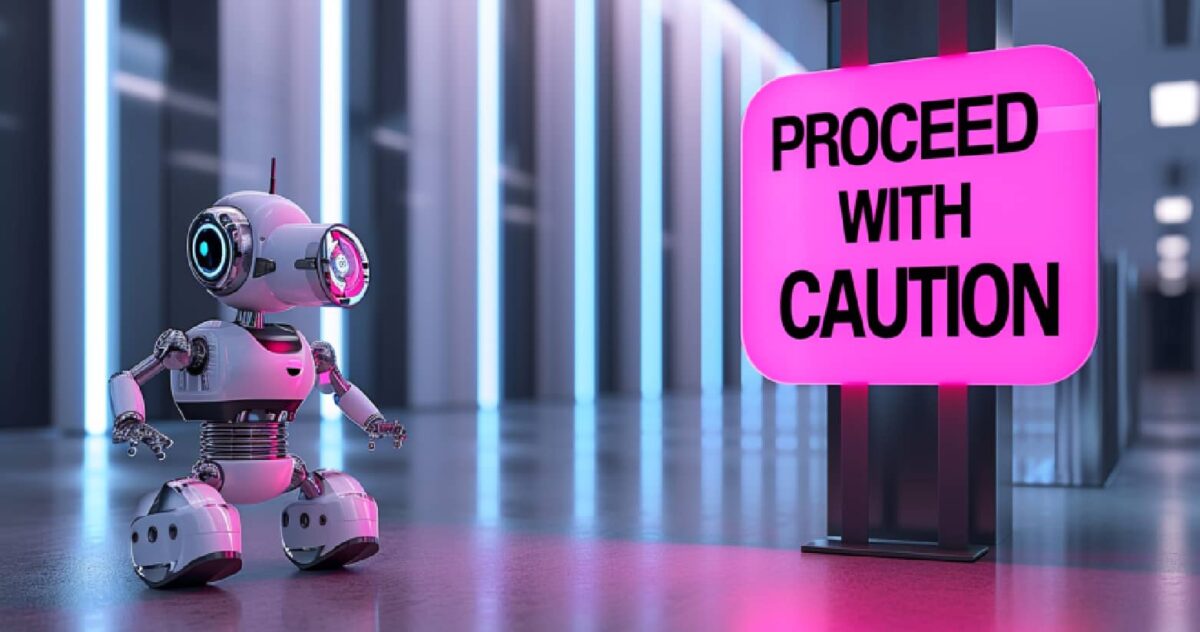
As the technology grows, some companies are enacting internal bans on generative AI tools as they seek to better understand them. Others have taken a phased approach to introducing AI into the workflow. My employer Pace sees AI as useful if adopted responsibly. It has three main takeaways:
- AI alone isn’t taking away creatives’ jobs (at least for now). Pace sees it as a valuable tool to help create better and more efficient work. It’s no longer an option in this highly competitive environment: Marketing companies that use AI well are winning work from those who don’t.
- If AI-generated content poses a threat to your content program, chances are it was already at risk before its use.
- Content generated purely by AI isn’t copyrightable, which means it’s generally not ownable by a brand or individual.
Don’t…
5. Assume AI content is accurate
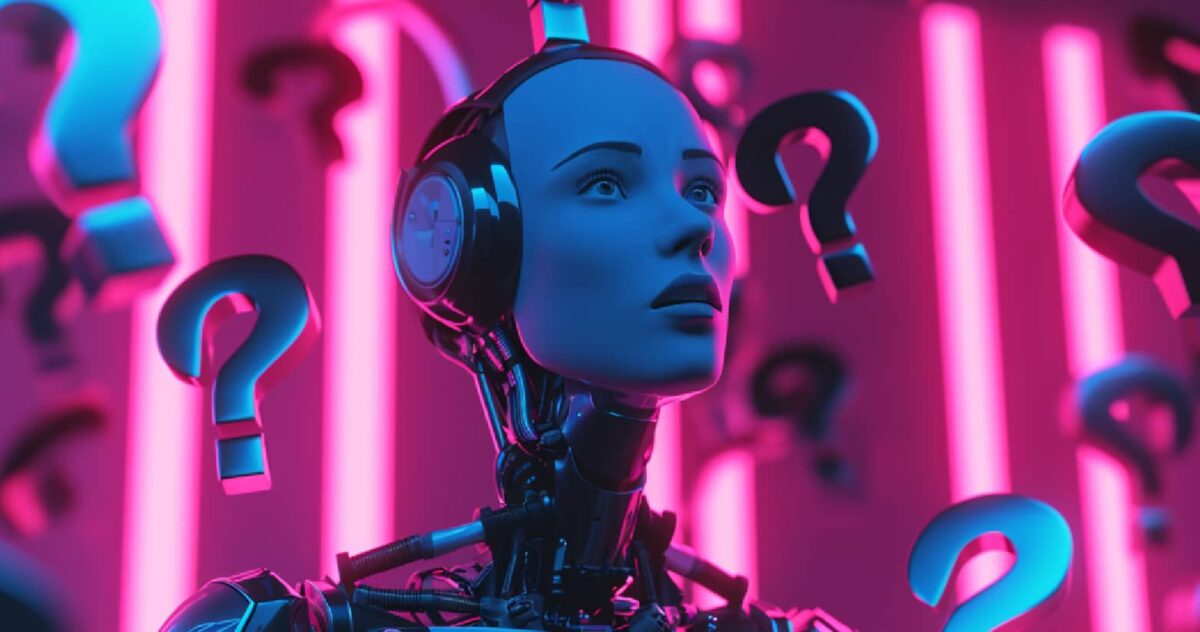
Generative AI tools can produce content with misleading or inaccurate information. They can also be prone to hallucinations, a phenomenon where outputs are nonsensical or bogus.
That means scrutinizing all AI-generated content. Consider investing in resources toward editing, fact-checking, and verifying sources, (though these are practices you should already have in place). Add those steps into your content creation workflow so it becomes a routine part of the process.
6. Overlook potential copyright issues

Though content generated purely by AI isn’t copyrightable, several class-action lawsuits are challenging the way research and deployment company OpenAI acquired data from the internet to train its ChatGPT tool. Stock image provider Getty Images sued Stable Diffusion’s parent company, Stability AI, for copyright infringement. Sarah Silverman and two additional authors filed a lawsuit that alleges ChatGPT and Meta’s LLaMA disseminated copyrighted materials from their books to train AI.
My colleague Neil Marion also delves into the legal implications of leveraging AI to create art.
Meanwhile, the U.S. Copyright Office is reviewing the implications of AI and copyrighted material. It plans to announce it’s seeking public input on additional legal and policy topics, including how the law should apply to the use of copyrighted works in AI training and the resulting treatment of outputs. Stay tuned.

